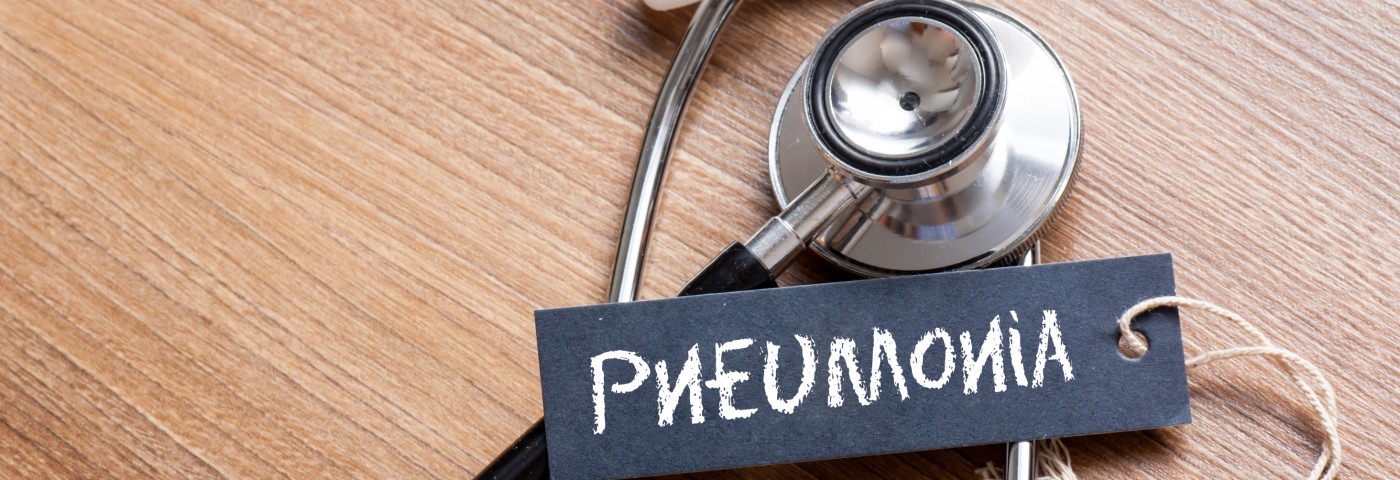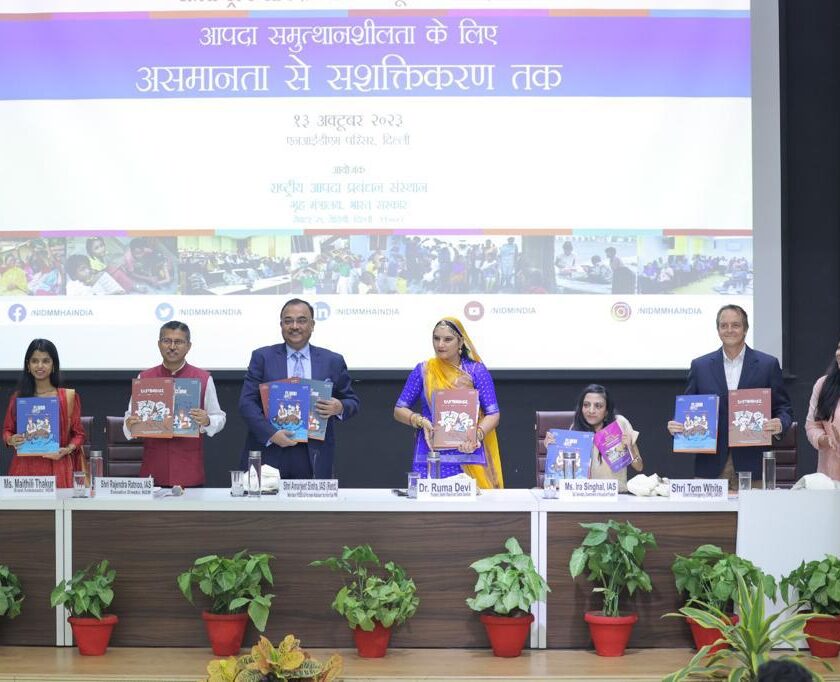By: Dr. Samayug Bhowmik, Bureau Chief-ICN West Bengal
KOLKATA: Now many of us are experiencing cough and cold with or without fever which is often ignored. Gradually when it progresses to develop more intense complication, the victim lands up in a doctor’s chamber. But owing to this delay, the disease affects the lungs and often manifests into Pneumonia.
Pneumonia is an infection of the lungs that may cause severe illness in people of all ages. It is a life threatening condition and a leading cause for death worldwide.
Our body is usually always trying to prevent the bacterias and viruses from getting deposited inside the lungs that produce pneumonia. Healthy people bear intact immune systems i.e. intact and strong defense mechanism inside the body which prevents these germs from infecting our lungs.
Despite that, sometimes the organisms turns virulent and causes pneumonia even in healthy individuals.Worldwide, it is the leading cause of death in children below 5 years and older above 65 years.
The first symptoms of Pneumonia usually resembles those of a very minor cold or flu. The person then gradually develops fever,chills,headache,pains all over the body along with cough with rusty/ green or yellow sputum.
Signs and Symptoms:
1. There may be quick breathing or shortness of breath.even.
2. Chest pain that usually worsens when taking a deep breath with or without sense of palpitation, fatigue and weakness.
3. Pneumonia also may be associated with Nausea and Vomiting Diarrhea Sweating.
4 .In older individuals if associated with confusion or delirium or there is change of skin colour the case is then turning to be a critical one.
5. In children it is usually present with difficulty in breathing, not taking feeds properly, coughing, fever,irritability and dehydration.
6. There may be audible choking or roaring sounds heard from a little distance without stethoscope. Such sound originates from the chest of the child during breathing. In most children, the immune system can protect them from Pneumonia. In children it is commonly due to a virus infection.
Symptoms of Pneumonia may vary depending on other underlying conditions and the type of pneumonia the patient has acquired.
It is important to remember that In any type of Pneumonia, the organisms become more active within a very short period of entry and in a good number of cases they become resistant to most of the antibiotics or in rare cases all antibiotics available worldwide till date.
Hospitalization for pneumonia may be required if symptoms produce rapid deterioration of patient’s condition or if an individual has a weak immune system or is concomitantly suffering from any other serious illness.
There are two broad varieties of pneumonia, depending on their source.
A) Community-acquired pneumonia
B) Hospital-acquired pneumonia
Both may be acquired by anyone or more than one of the following:
1) Viral pneumonia: This can result from the respiratory syncytial virus (RSV) and influenza types A and B.Children are mostly affected by this.
2) Bacterial pneumonia: It mostly affects older individuals. Commonest bacteria causing is Streptococcus pneumonia, Haemophilus influenza and Moraxella catarrhalis.
3) Aspiration Pneumonia: This can happen when a person pours food or liquids or stomach contents into the lungs. It is mainly found in older individuals who are in bed ridden state or the nerve working for swallowing is damaged due to neurogenic/cerebral stroke. It may also happen in older individuals due to faulty approach of feeding by caregivers or due to vomiting.
4) Fungal pneumonia: This can result from fungal infiltration inside lungs during the process of inhalation.
The most dangerous are Aspergillus,Coccidioides.
B) Hospital-acquired pneumonia: This can occur in patients being treated for any critical condition for their survival when Ventilator or Bi-Pap needed. It is mainy bacterial, fungal origin. Also pneumonia may develop in people who are surviving on long-term hospital care facilities in outdoor basis e.g. during dialysis in kidney disorder and in cancer chemotherapy patients.
Who are at risk or more vulnerable:
1.Individuals under 5 years or over 65 years of age.
2.Smokers or / and Alcoholics
3.Those who are already in any underlying disorder of Lung e.g. chronic obstructive pulmonary disorder(COPD), asthma, Bronchiectasis, Cystic fibrosis etc.or suffering with any disorder of kidney, heart, or liver or suffering with Gastroesophageal reflux disease (GERD)
4.Those who have weak immune system, due to Diabetes, Cancer, and AIDS.
5.Those who recently recovered from common cold or influenza fever or Swine Flu.
6.Those who were recently hospitalized in an intensive care unit.
7.Those who are exposed to certain chemicals or pollutants from Atmosphere by way of City Pollution or during work in Chemical Factory.
How to Prevent?
Although it is not a fully preventable disorder but due to the advent of vaccines it is now-a-days partially preventable. The vaccine may not completely protect everybody from pneumonia, but it can significantly reduce the risk of developing severe pneumonia and their serious complications.
There are two different vaccines one is PCV13 and the other one is PPSV23.
The current recommendations for PCV13 are once in lifetime and in case of PPSV23 it is to be repeated once in every five years.
I will suggest you take both of them. First PCV13 then after one year take PPSV23 and repeat PPSV23 in every five year.
Now on going through the above context our take home messages are as follows,
a) Do not neglect minor cough and cold and consult your doctor at the earliest.
b) Take vaccine even if you are healthy.
c) Give vaccines to children, older individuals and others who are patients of any existing disorder.
Note: PCV13 is available as PREVNAR and PPSV23 is available as PNEUMOVAX In India



